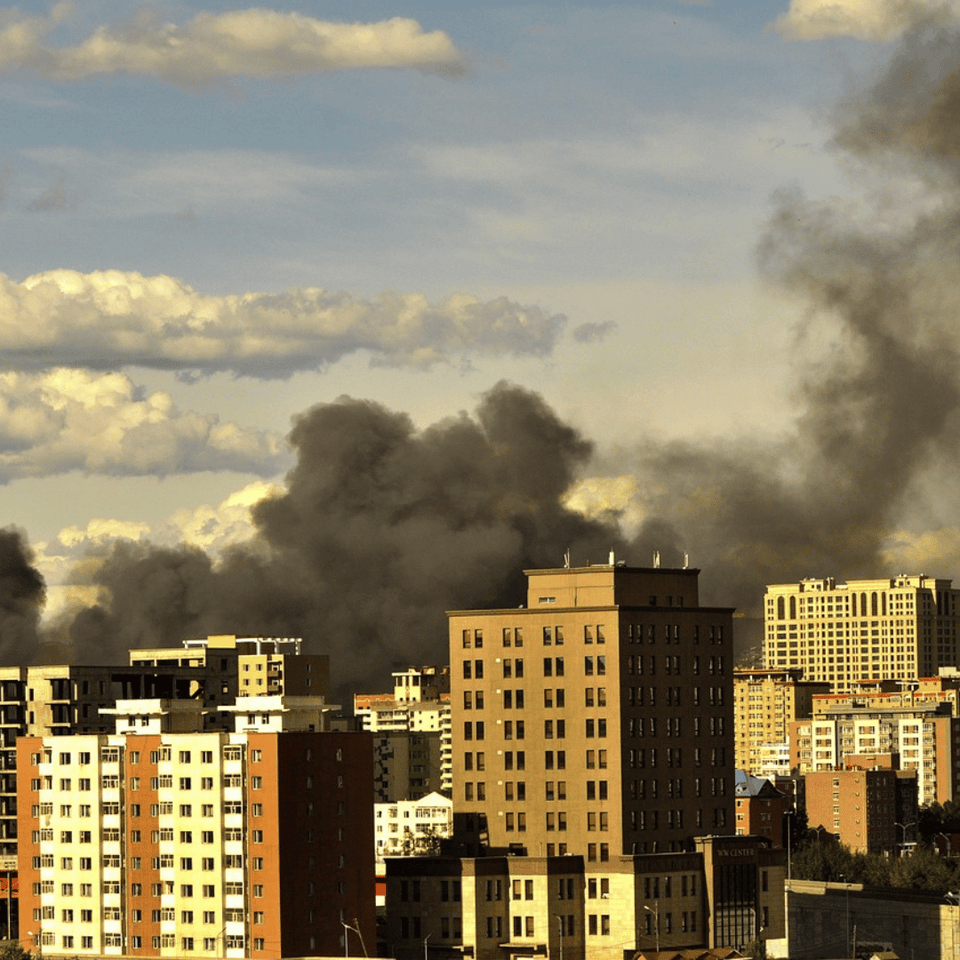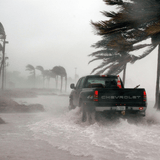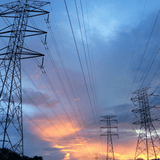Urban Survival Kit: Building Your Bug-Out Bag with Field-Tested Gear
During major disasters, a city is one of the most dangerous places to be. Even safe neighborhoods can turn into hazard zones within a matter of hours. That’s why it’s so critical to be able to evacuate quickly and efficiently. The key to a successful evacuation is having a Bug Out Bag (BOB) packed and ready to go.
Bugging Out in the City: Navigating Urban Challenges
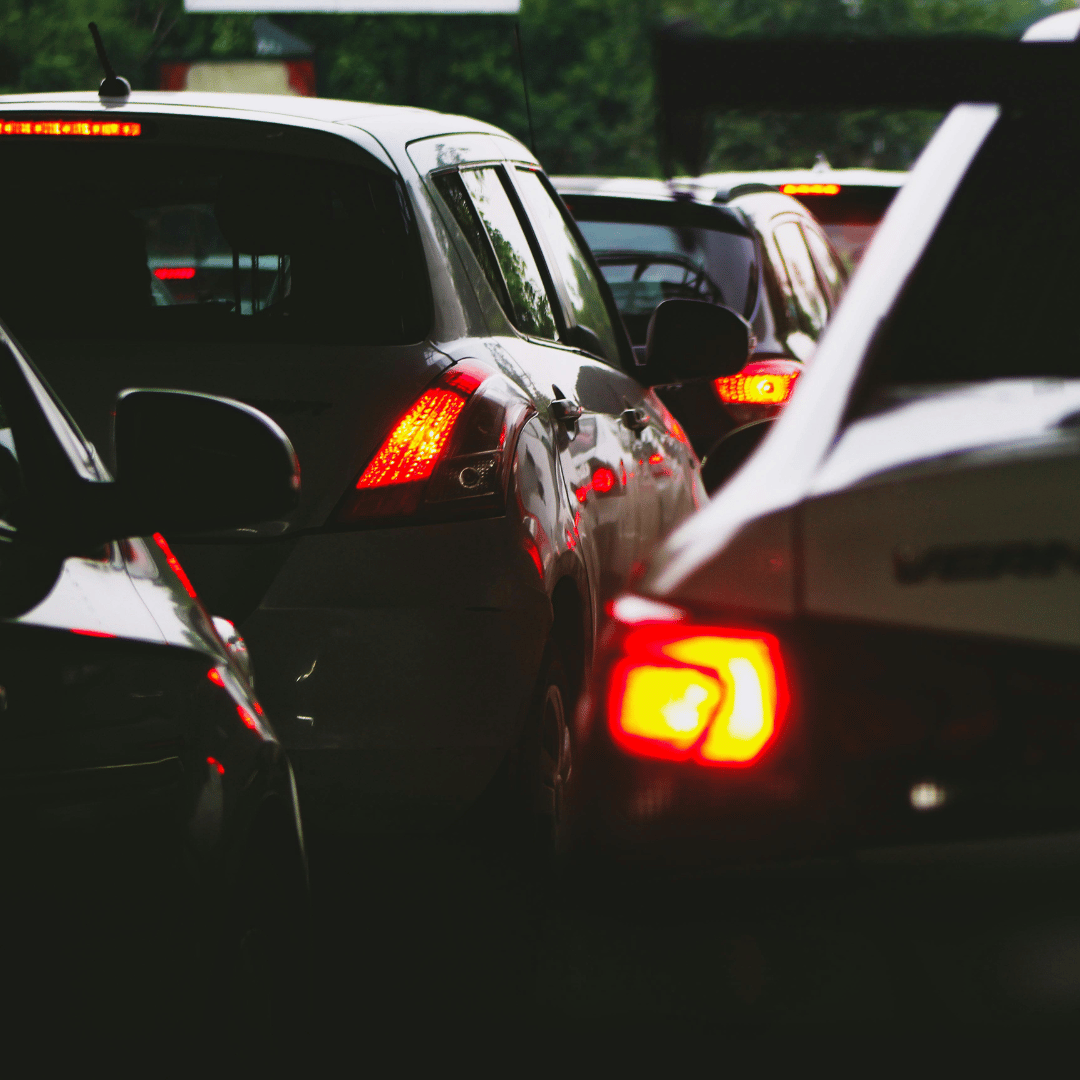
Evacuating from a city presents challenges that differ significantly from rural areas. You’re more likely to encounter these challenges:
- Civil Unrest: Large groups of frustrated people can quickly become unpredictable, leading to looting or panic. This creates a layer of danger that you typically won’t find in a rural area.
- Traffic Gridlock and Roadblocks: Streets may become impassable due to crowds, accidents, abandoned vehicles, or police checkpoints. Bridges and tunnels may also be closed or patrolled, cutting off access. As a result, you are more likely to need to evacuate on foot.
- Slower Evacuation: The combination of crowds, roadblocks, and the need to move on foot means that evacuation will likely take longer.
- Competition for Resources: High population density means that there will be competition for any available resources, such as shelter or food.
- Limited Sight Lines: The city’s tall buildings and narrow streets can disorient you and block your view, making it more difficult to navigate, find resources, or know whether a path is safe.
- Higher Risk of Violence or Theft: Crowded conditions and desperation make theft, assault, and other crimes more likely in an urban setting.
Building Your Urban Bug-Out Bag: What to Include
Most Bug Out Bag checklists are written for people in rural or suburban areas. But, because the challenges in an urban environment are so different, you’ll need to pack differently. You're less likely, for example, to need a hatchet or a fishing kit, when roaming through crowded city streets. Instead, you’ll need to focus on these urban survival items.
1. Durable, Low-Profile Backpack
MOLLE and other military-style packs are usually the first choice for Bug Out Backpacks. However, when planning for urban evacuation–and hours on foot through crowds–you want to avoid a pack that screams, “I’m prepared and you are not!”
Choose a pack with neutral colors which looks like a typical backpack. It still needs to be durable though, so look for one that has reinforced stitching and waterproof zippers.
2. Water Supply
When evacuating from a city, you won’t have the luxury of getting water from a stream or lake. Even if there is a water source in your city, it is likely tainted with chemicals and other pollutants–things that typical water filters and purification tablets can’t treat.
You’ll still want a water filter or purification tablets in your BOB so you can treat water once you get out of the city. However, you’ll need to carry at least one gallon of water (per person) in your pack to get you there.
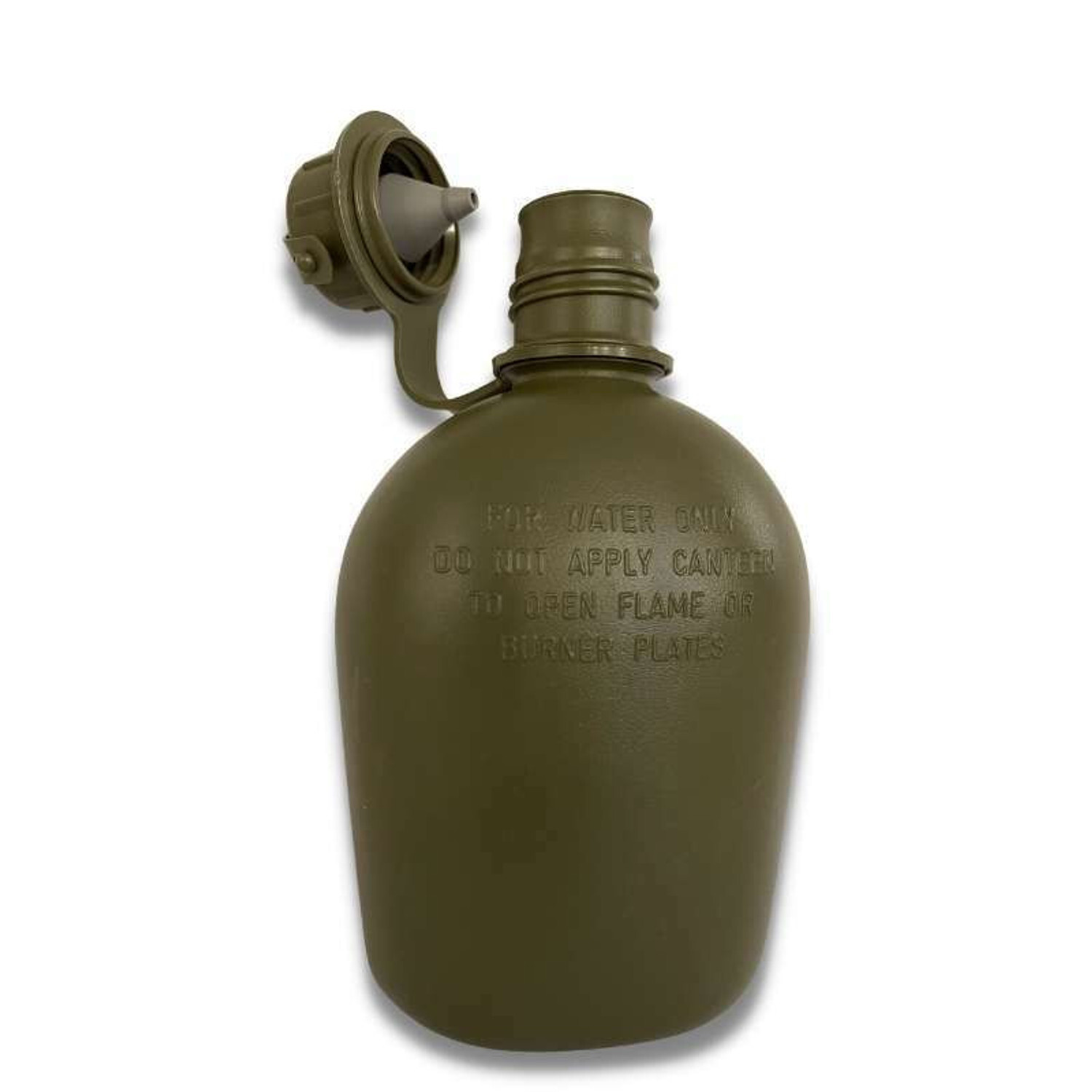
Plastic canteens are a good solution because they are durable but don’t weigh down your BOB. Hydration packs can also be a good solution because they collapse as you empty them.
Pro Tip: Water treatment facilities often fail during disasters. Even if tap water is available, it might not be safe to drink.
3. Food and Nutrition
Choose lightweight, calorie-dense foods. Energy bars, nuts, dried fruits, and Meals Read to Eat (MREs) are ideal. Avoid any foods that require cooking. Cooking not only wastes precious time, but the flame can draw unwanted attention to yourself or be a hazard if gas leaks are present.
Also read: How many calories per day for bugging out?
4. Personal Protection
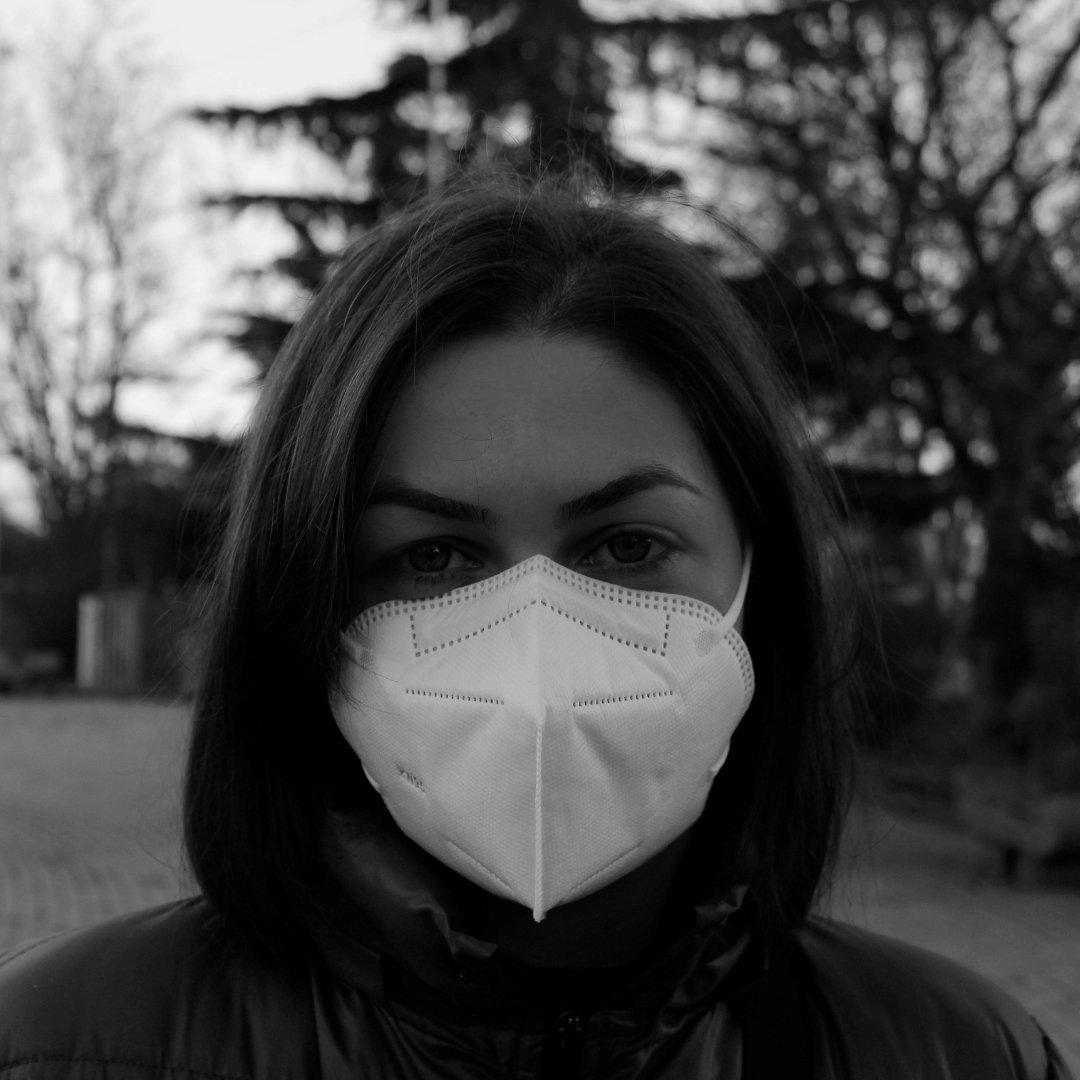
Urban disasters also increase the risk of physical harm from theft, debris, fires, chemical spills, and broken glass. Pack these items to protect yourself:
- Respirator Mask: Such as an N95 mask
- Boots: With thick soles
- Heavy-Duty Gloves: Such as tactical gloves
- Self-Defense Weapons: Such as a firearm or pepper spray
5. Compact First-Aid Kit
In the event that your personal protection items aren’t enough, you’ll need a first aid kit. It should be comprehensive, but still compact. In addition to personal medications and pain relievers, we recommend an IFAK trauma kit to deal with heavy bleeding.
Also read: How to create a medical kit
6. Communication Gear
Cell service often fails or is overloaded during urban disasters, meaning it might be impossible to call your loved ones. This can be particularly disastrous if the emergency occurs while you aren’t at home.
Emails and other electronic messages can often still go through though, so you will want an emergency power supply to charge your phone. Walkie-talkies or handheld radios can also be a good option for communication.
However, the most important thing isn’t gear. You need a communication plan.
Parts of a Good Communication Plan:
- Methods of communication
- Meeting points
- Emergency contact list
7. Navigation Tools
When trying to evacuate a city during a disaster, your path could be easily blocked by crowds, downed power lines, or other obstacles. It is critical that you have alternate escape routes–which means being able to navigate effectively.
The map app on your phone might not be working. Make sure you have an up-to-date map of the area and a compass. You’ll want to laminate it or put it in a waterproof folder so it stays safe during storms.
8. Multipurpose Tools
Tools like lock-picking kits, pry bars, and saws can help you access supplies and shelter, or remove obstacles from your escape route. The problem is that these tools are often heavy and can slow you down.
Instead of trying to pack every tool you might need, look for multipurpose tools instead. At the very least, you’ll want a durable multi-tool.
9. Emergency Lighting
Having a reliable light source means you will be able to see obstacles and hazards even at night. While any illumination is better than nothing, a headlamp is the best option because you can use it hands-free. Make sure it has a waterproof rating of at least IPX4, which is enough to withstand rain and splashes. A dimmable headlamp is also useful for conserving battery.
10. Protection from the Elements
When bugging out in the wilderness, shelter typically means a tent or tarp setup. In cities, however, you can often take shelter in abandoned buildings. A shelter would just call attention to yourself.
You still need to protect yourself from the elements though. This means having moisture-wicking thermal base layers, rain gear, and warm clothing. You may also want to pack a space blanket or small tarp to sleep on in case the ground is wet or full of debris.
11. Bug Out Binder with Cash
A Bug Out Binder contains copies of essential papers, such as:
- IDs
- Medical information
- Emergency contacts
- Weapon permits
These papers might not be “life or death” items, but they can make evacuation much easier. For example, you might not be able to stay in a hotel room if you can’t show your ID. Keep all items in a waterproof pouch and/or backed up securely on the cloud.
Bug Out Binders also typically contain cash in small bills since ATMs and electronic payments might be down.
Tips for Packing Your Urban Bug-Out Bag
- Keep it Light and Compact: You might have to carry your bag for miles, sometimes through crowded or blocked streets. Prioritize essentials and avoid unnecessary bulk.
- Be Ready to Move: Keep your Bug Out Bag somewhere accessible. You may need to have multiples, such as one at home and one at work.
- Practice Your Route: Know several evacuation routes from your home or workplace. Urban environments can change quickly during emergencies, so flexibility is key.
- Update Regularly: Rotate food, batteries, and medications as needed to ensure your gear stays fresh and functional.

